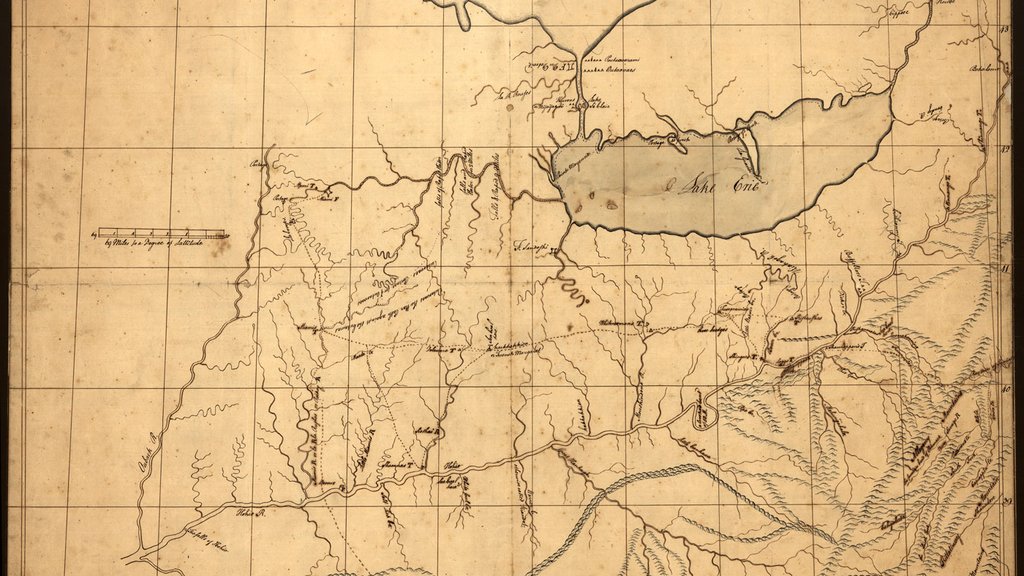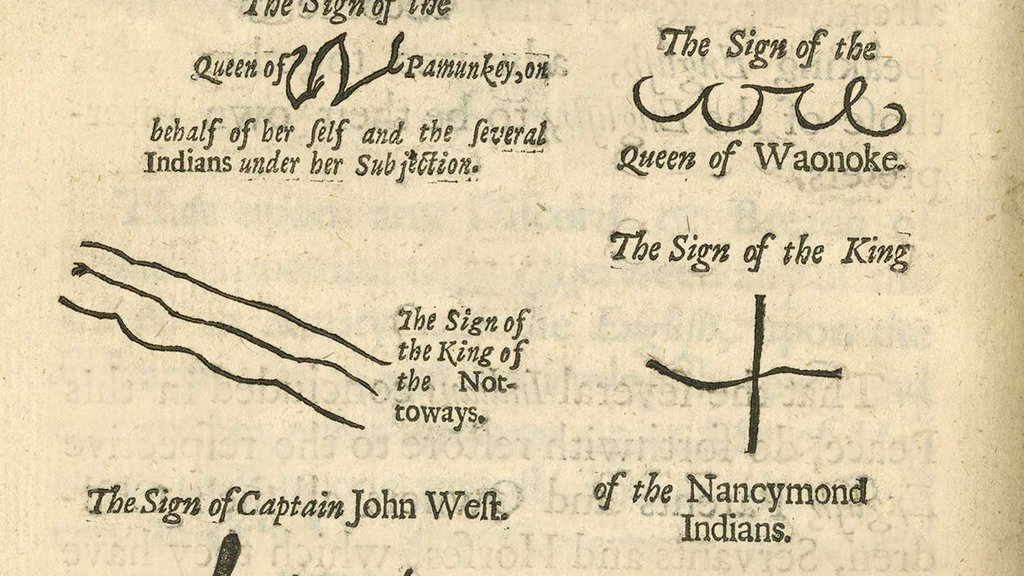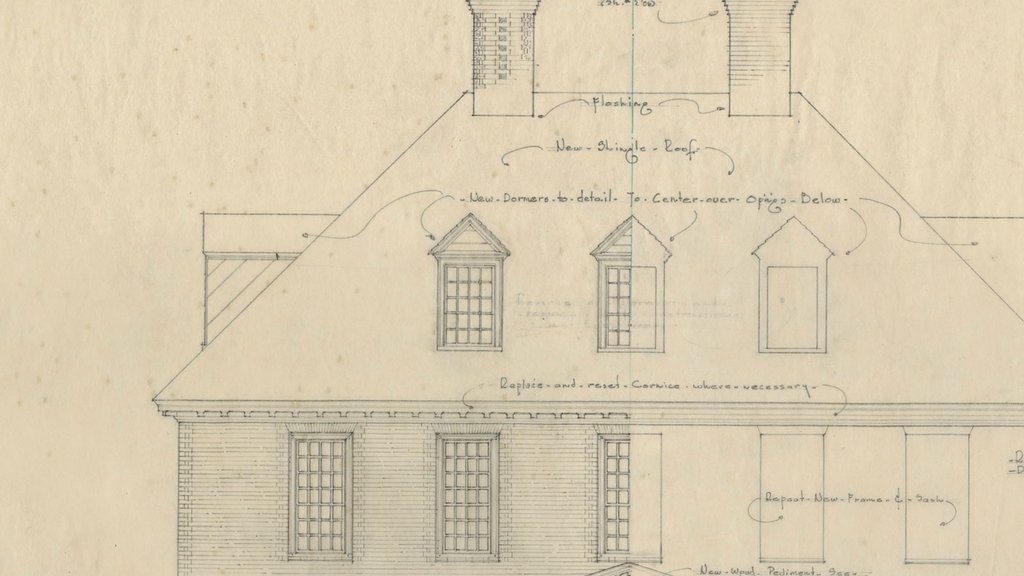Tattooing is an ancient practice, which goes back as far as eight thousand years.
American Indian Encampment
Visit an interpretive camp of a small American Indian delegation in Williamsburg. Native nations came to Williamsburg regularly in the 18th century to discuss matters of trade, warfare, and diplomacy. Temporary camps served as quarters for tribal delegations. This interpretive camp explores the lifeways of regional Indigenous peoples and their policies with the colony of Virginia.

Stories of American Indian Life
American Indians, Native Americans, and/or Indigenous peoples were a regular and frequent presence in 18th-century Williamsburg. These diverse Native nations influenced American culture, democracy, and its struggle for independence. The explorations of these American Indian nations and their role in our collective story then and now are essential in understanding modern American life.


Follow Along on Facebook
Want to keep up with the American Indian Initiative at Colonial Williamsburg? Join our group on Facebook. From behind-the-scenes sneak peeks, to updates on current projects, follow along and be in the know.

Related Articles
In 1774, the Indigenous people of the Ohio Valley fought for their independence. Now known as the Shawnee-Dunmore War, this eruption of conflict became one battle in a lengthy war for the future of the Ohio Valley.
Cockacoeske used diplomacy as a tool to maintain and expand her tribal power
Nanyehi was a respected leader among the Cherokee. Her own life was proof that, instead of being “looked upon as nothing,” women were at the center of eighteenth-century Cherokee society. As the nation’s Beloved Woman, Nanyehi exercised both sacred and political authority.
The Brafferton Indian School’s goals of introducing English culture and religion met resistance
Robert Mursh (sometimes spelled Marsh or Mush) left few records about his life. Most of what we know about his life comes from an 1818 pension application, seeking benefits for his service in the American Revolutionary War. Mursh’s life was unusual, but his story illuminates broader questions about the tenuous nature of allegiance in revolutionary America.






